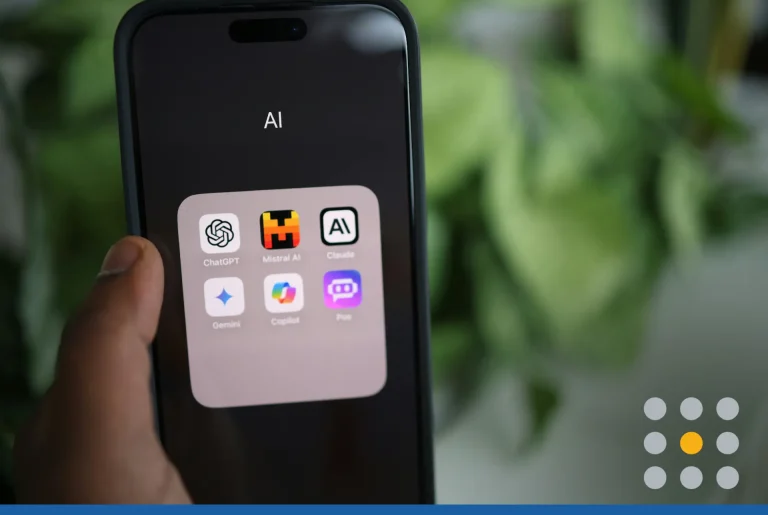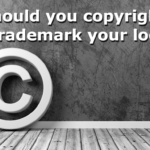Take a look at any business that’s had a lot of success, and you’ll notice that they all place a great deal of focus on one specific thing—marketing. A company may have crafted one of the finest products or services available today, but if no one knows about it, the likelihood of it taking off is exceptionally low. If you’re not marketing your business, you’re probably not on the right track.
All this said, the world of marketing has changed dramatically over the course of the past 10-20 years. Digital marketing may rule the roost today, but it’s far from being the only approach to getting the word out about your business. To create a successful marketing plan for your business, here are 6 essential channels to hit.
6 Must-Use Marketing Channels for Your Business
1. Social Media
Social media has had perhaps one of the biggest impacts on the world of marketing than anything to come before it. At this point, almost everyone uses it, and it’s also extremely inexpensive to use to promote your business. Once you understand how to work with some of the more popular social channels to market your business, the process becomes second nature.
When kicking-off a social media campaign, it helps to post on at least three popular platforms concurrently to hit a few different audiences. Recommended social channels include:
- Snapchat
Start with a few and grow from there—you can always flesh-out your campaign as you go. The most important thing to remember is to post consistently and provide content users will actually appreciate and find useful. From there, you can watch your audience grow with each like, follow and shared post.
2. Professional Website & Logo Design
Let’s face it—it’s 2017, and a bare-bones website with nothing but a boring font listing your company name is simply not going do you any favors when it comes to attracting new business. Web presence is everything today, and just having a website isn’t sufficient in quite the same way it was in, say, 1997. First and foremost, you need an effective logo that speaks to the personality of your business and sets you apart from your competition. From there, professional website design can help to further differentiate your company in a market that’s becoming more and more crowded with each passing year.
Be sure to prominently display your contact information in several places on your website. This is key to helping people get in touch with you.
3. Email Newsletters
Think newsletters are a thing of the past? Think again. Sending out a newsletter to your audience on a consistent basis can not only help to keep people interested in your business—it can reinvigorate attention from those who have perhaps drifted away. Whether it be an announcement you’ve been waiting to make, a blog-type article that your subscribers will find important or anything in-between, keeping your company’s name in their inboxes should be a priority.
As effective as an email newsletter can be, however, overwhelming your subscribers with too much content is never a good idea. Stick to monthly emails. Otherwise, you may experience a pretty significant unsubscribe rate. If many of your contacts unsubscribe, you’ll lose the opportunity to communicate with and promote your business to them.
4. Local Advertisements
Digital marketing is important today. But that doesn’t mean that traditional marketing efforts, like local advertising, don’t still have a place. Especially if you run a local business, traditional marketing can be really helpful. And even if you’re aiming to gain national exposure, it doesn’t hurt to stay in the local loop.
When choosing traditional channels to explore, consider local print publications, radio stations, and television channels that your audience uses.
5. Trade Shows
There are countless trade shows that pop up around the world on a daily basis, many of which may fall into your industry. In most cases, getting involved in the trade show circuit is a great way to gain new business—especially if you have a unique product to offer.
If your company has never attended a trade show in the past, start with smaller, perhaps locally-based events if possible—they’re easier and less expensive to find space in.
6. Online Reviews
Your online presence means everything today. The unfortunate side of this coin is that you don’t always have control over what people say about your business on the Internet.
But you can influence an online reputation. How? By providing a great customer experience and including regular calls to action (CTA) to customers via your social pages, newsletters, and other channels. Asking followers to post a positive review on sites like Angie’s List or Yelp can get you a lot of mileage, and it’s a very inexpensive marketing technique.
Overall, don’t just assume that people are paying attention—get them to pay attention. Focus on ramping-up your marketing efforts, and the rest will fall into place on its own.
> If you’re ready to start promoting your business, take a look through some marketing products like business cards, t-shirts, and branded canvas tote bags. Grab some attention for your business!







